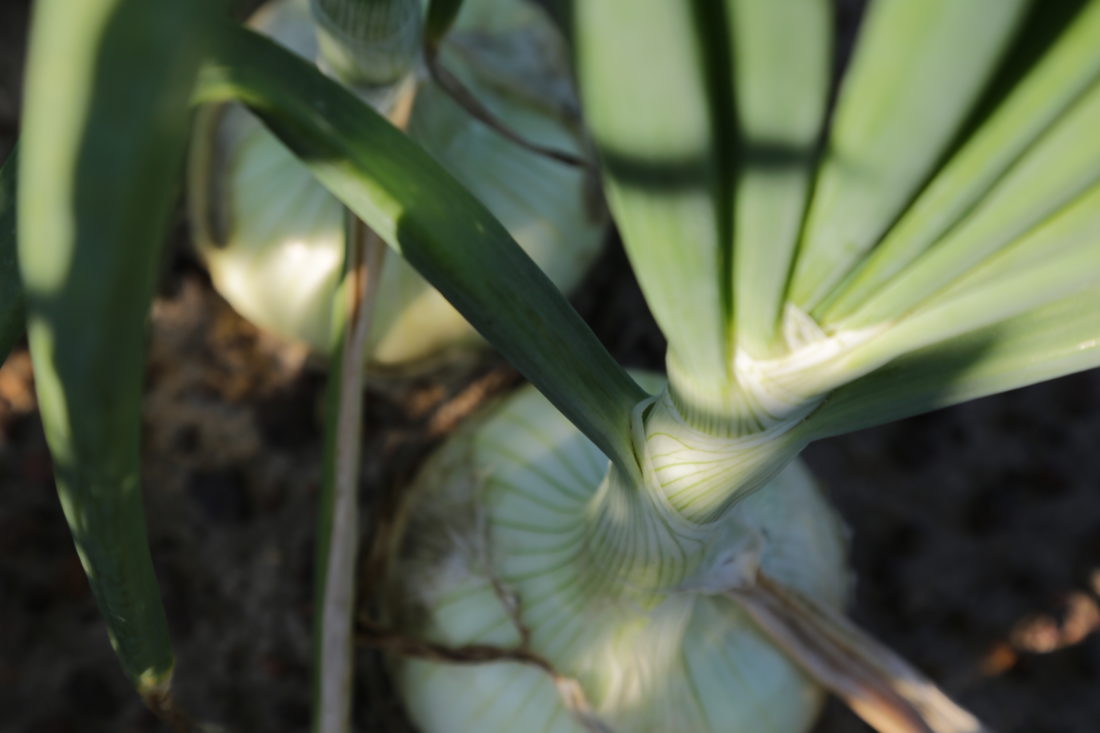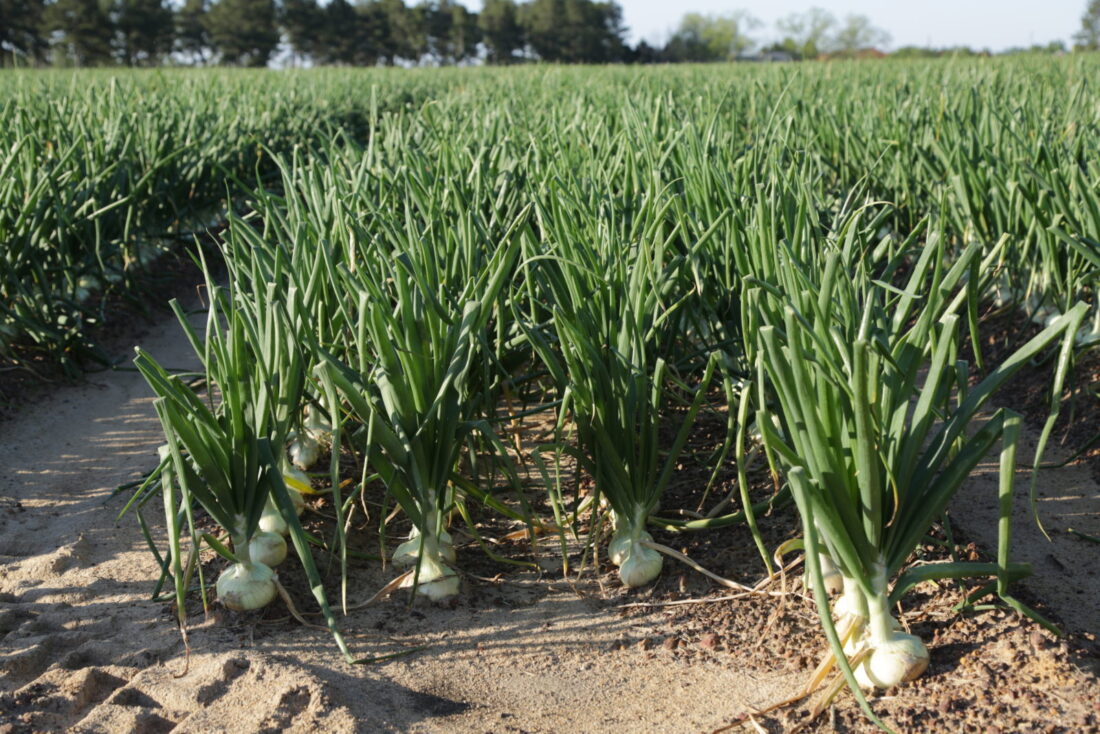Onions are just one of those things the South does better. With their mild, honeyed flavor, sweet Vidalias enhance many of the region’s classic dishes (like pimento cheese or Lowcountry chicken bog) but are worthy of eating raw with a little salt and pepper. This year, 200 million pounds of the prized alliums began to disperse from Georgia on the highly anticipated pack date, April 17.

So, why do we have to wait? “The purpose of the pack date is to ensure that no Vidalia is sold before it’s ready,” Georgia’s commissioner of agriculture, Gary Black, told G&G in an interview. He’s one of a whole slew of people who have dedicated their careers to preserving the integrity of the Vidalia, which is serious business. Growers, distributors, and regulators uphold a specific set of rules per the Vidalia Onion Act of 1986, including geographical restrictions on where exactly the goods can be grown. Call just any onion a Vidalia and, the act says, you could be serving time behind bars.

Let’s backtrack from all this buzz to 1931, in the quiet plains of Toombs County, Georgia, where Moses Coleman planted ordinary yellow onions that emerged from the ground with peculiarity: This crop had a flatter shape, lighter skin, and of course, that superior flavor. Turns out, the sandy, low-sulfur soil of Coleman’s farm granted the onions higher sugar and water content, making them tender, sweet, and popular. From there, the Vidalia’s small-town Southern roots sprouted to nationwide fame; by 1990, it was named the state vegetable, and it remains one of Georgia’s greatest agricultural achievements.








